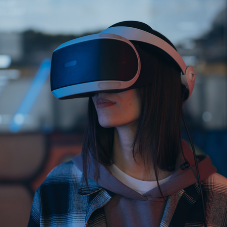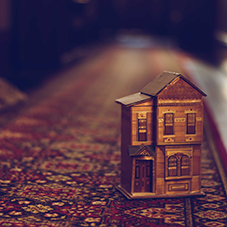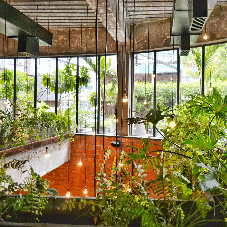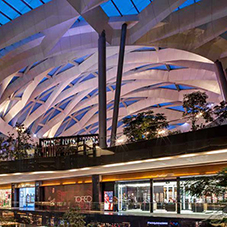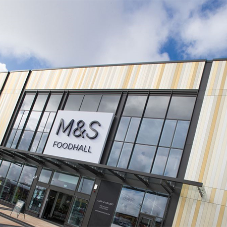What started as a curiosity has now become increasingly commonplace in architecture, real estate development, and construction. Virtual Reality has taken over the construction industry… and that’s not a curiosity at all!
For construction companies, virtual reality dovetails with a BIM workflow and serves as an integral part of virtual design and construction.
And in architectural practice, designers can rapidly prototype and more effectively convey architectural concepts throughout schematics and design development.
Virtual reality is a computer simulated environment, accessed through stereoscopic goggles that include a variety of different tracking mechanisms that track the viewer’s movement in physical space, and matches those movements within the simulated 3D environment.
Headsets display a stereoscopic image, viewed through built-in lenses that creates the illusion of looking out into a space. The experience provides the viewer with a very realistic sense of what it would be like to actually inhabit the simulated environment, which is what makes it such a powerful opportunity for architectural visualization.
Imagine giving the client a chance to have a walk-through the property that hasn’t even been built yet. Imagine if the client was able to decide on key design items by viewing them, without having to actually build them.
Virtual Reality presents a multitude of benefits for architects. To start, they can customize the individual experience for their clients, who can now engage with the immersive environment they are in. Changing finishings, colour schemes and furniture on the spot and being able to walk through the space, seeing these changes, could help prospective-buyers to visualize their perfect setting for their dream home.
The costs of Implementation are also relatively low. Designing a virtual reality experience can be done much more quickly and at just fraction of the cost of a showroom. However, a VR experience can be incorporated in to a basic showroom and allow prospective customers to tour multiple buildings, layouts and locations all in one centralized place and online too.
Virtual reality and augmented reality experiences are the “it” technologies in the architectural realm and it does look like it will continue to become more popular in the immediate future. So, if you’re considering using virtual reality for a project, it might be advantageous to start now.
Are you using Virtual Reality? Join the conversation on our LinkedIn post!

